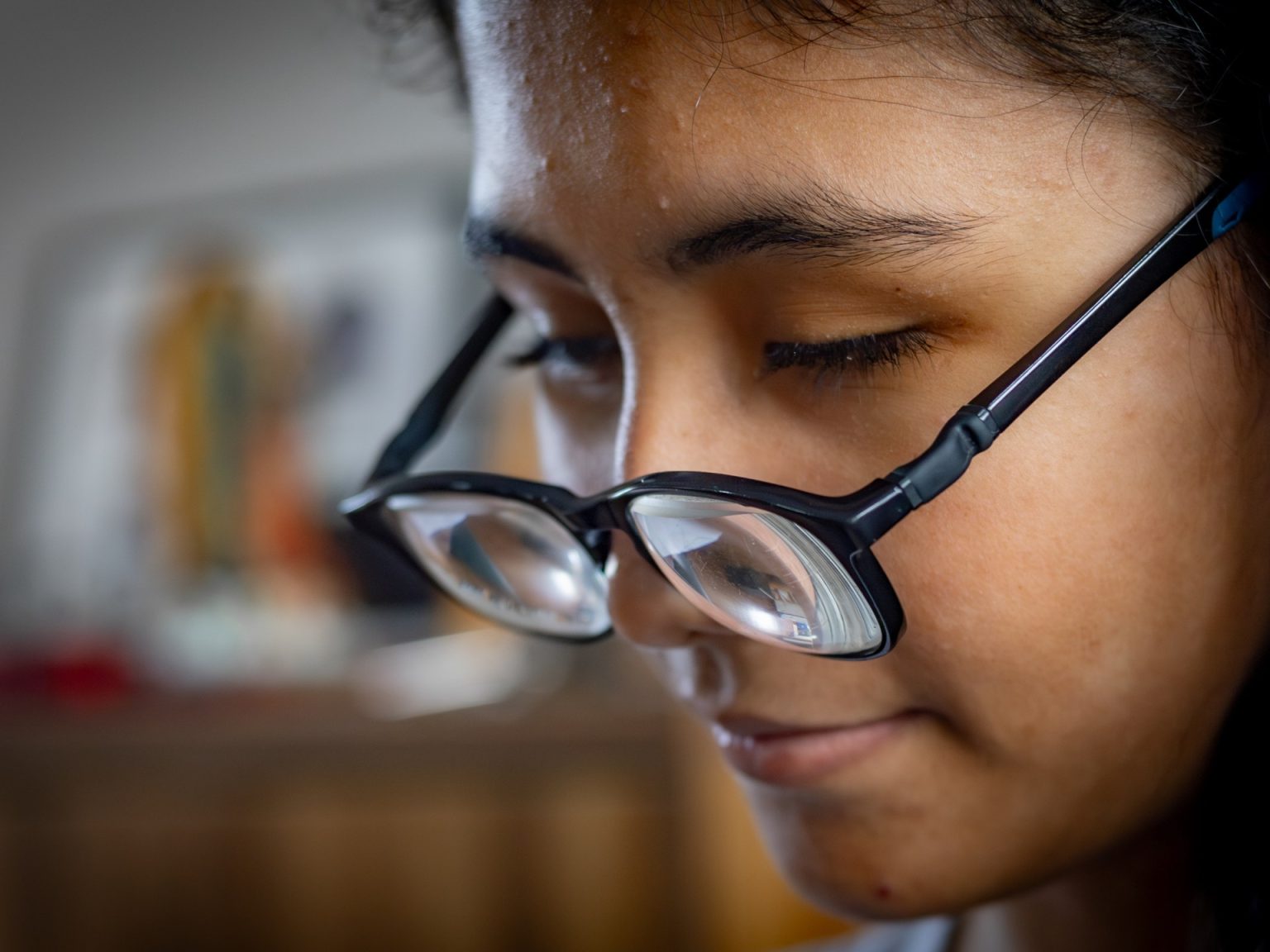In Costa Rica, approximately 18 percent of the population, equivalent to about five million people, live with a disability. These individuals often struggle with accessing education, employment, and public spaces. Visual impairments are among the disabilities faced by many, including a 23-year-old with keratoconus, an eye disease resulting in vision loss. Curious about how young people with visual disabilities navigate their lives while pursuing their dreams, the individual decided to explore these “unseen paths” through a photo essay for the Safe Photography Project led by Restless Development, a global campaign against violence towards children.
Through this project, ten young photographers from various countries were tasked with examining their interpretations of “safety.” For the individual behind the photo essay, the lack of accessibility is viewed as a form of violence that promotes exclusion and signifies a lack of empathy. In the essay, the challenges and courage of two 13-year-olds with visual impairments, Camila and Luis, are highlighted as they strive for independence amidst a supportive network of friends and family who nurture their growth and development without fear of rejection or misunderstanding.
Camila Valverde Gonzales was diagnosed with microphthalmia and bilateral cataracts at just two months old, undergoing multiple surgeries in her early years. Losing most of her vision in her right eye by age nine, Camila made adjustments in her daily life to enhance her autonomy, such as enlarging font sizes on devices and improving home lighting. On the other hand, Luis Diego Espinoza Cedeño was born with limited vision due to ocular albinism, nystagmus, and strabismus, with initial reports of blindness at birth corrected later with glasses. Despite attending a school for children with disabilities for his early years, Luis eventually transitioned to a mainstream school and has blossomed, excelling in various tasks and activities.
The individual behind the photo essay aimed to capture Camila and Luis’s perspectives through specific photography techniques. The use of extreme close-ups offers an intimate view of the subjects, while long exposures seek to convey how they perceive their surroundings. By depicting their experiences through these images, the individual hopes to immerse viewers in a world often seen as limiting but also a source of strength. Each photo serves as a snapshot of resilience, adaptation, and personal growth, prompting viewers to reflect on the broader implications of visual disabilities beyond mere impairment.
In exploring the “caminos invisibles” or unseen paths of young individuals with visual impairments, the photo essay sheds light on the challenges they face while striving for independence and pursuing their dreams. Through the lens of the Safe Photography Project, the photographer captures the resilience and courage of subjects like Camila and Luis, offering viewers a glimpse into their world of adaptation and personal growth. Ultimately, the essay serves as a poignant reminder of the importance of empathy, support, and understanding in creating a safe and inclusive environment for those with disabilities to thrive and succeed in pursuing their goals.


